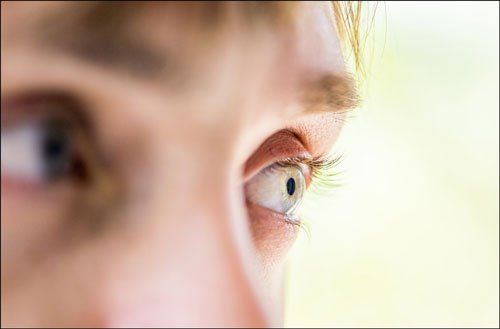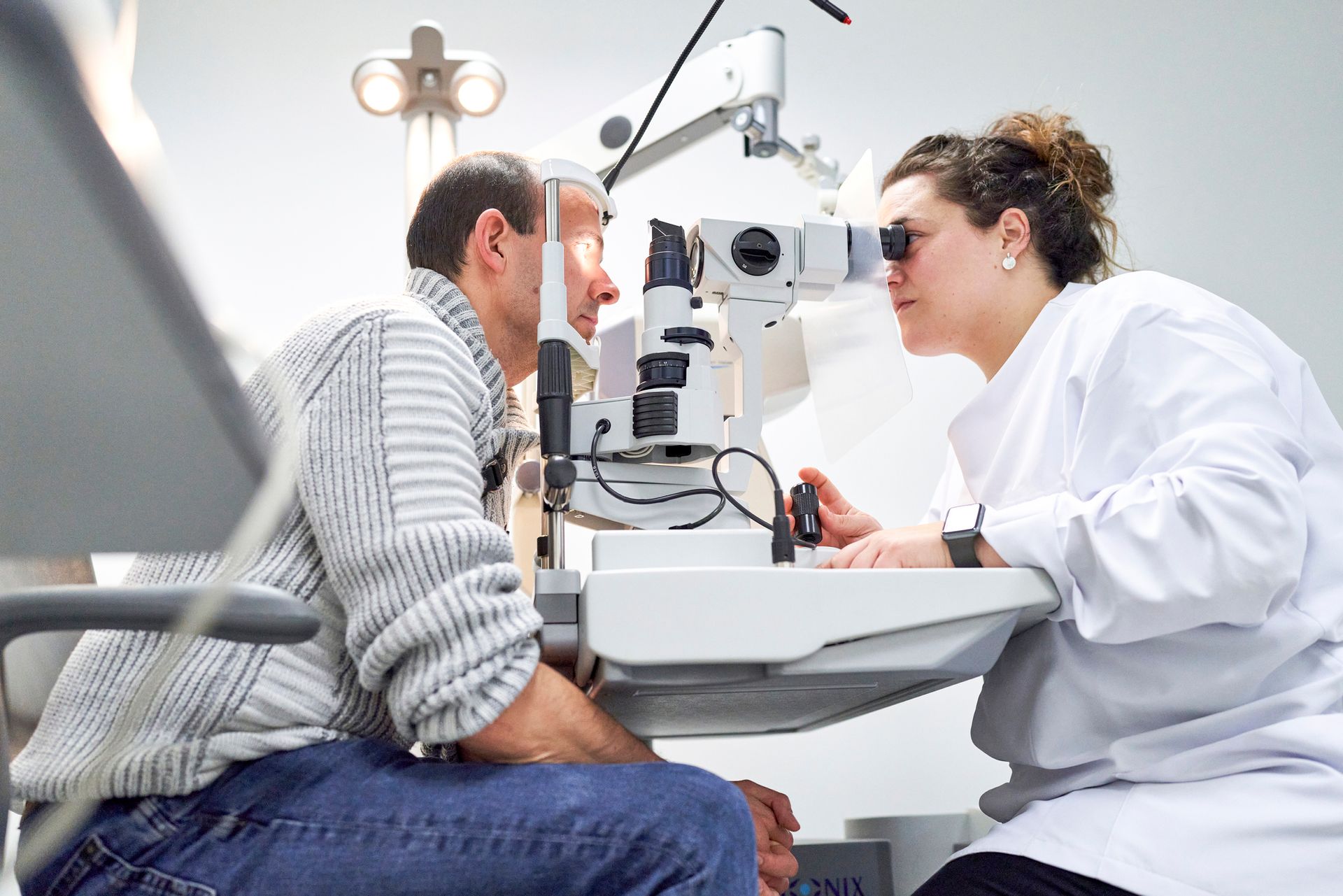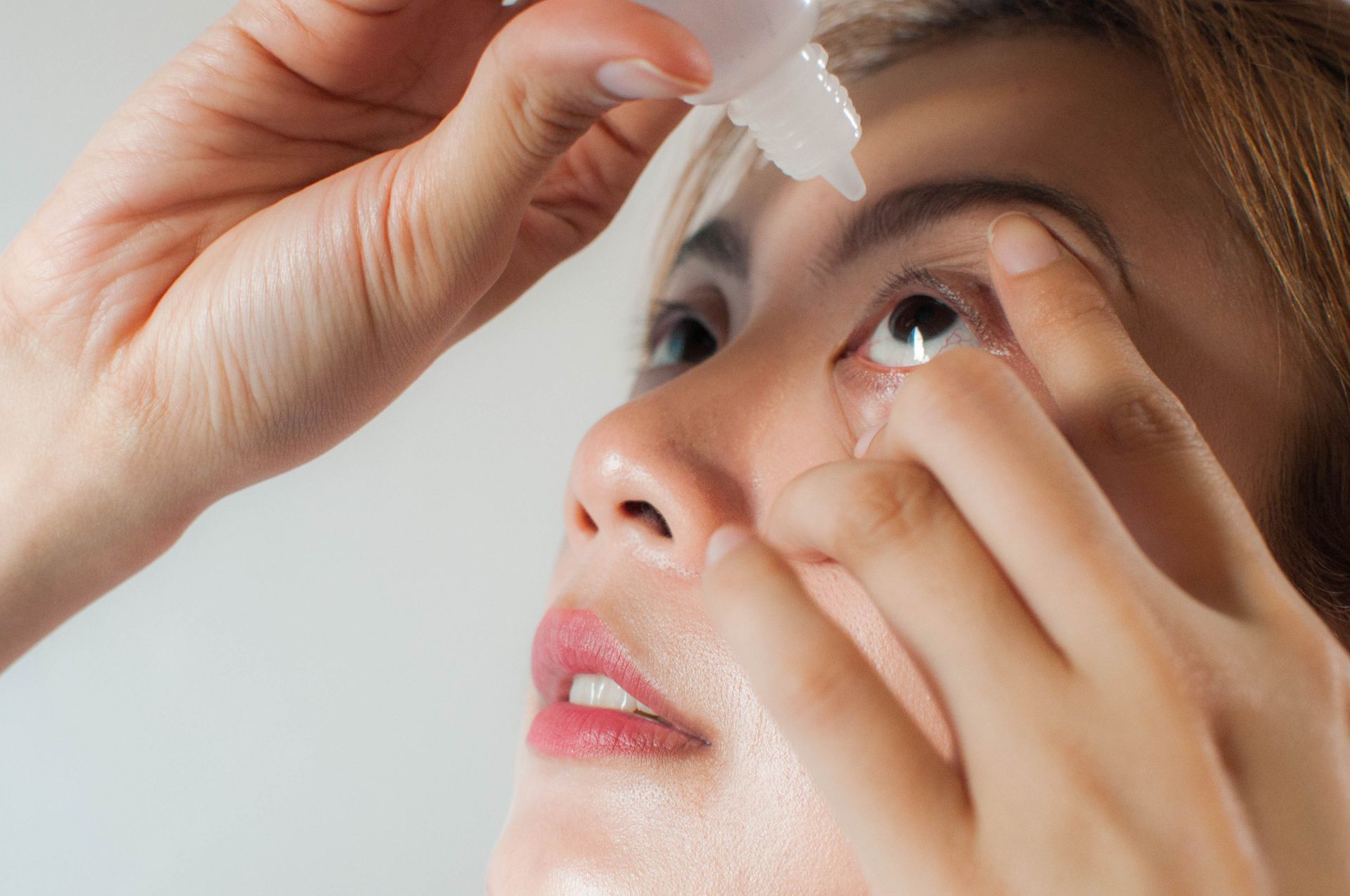6 Tips for Diabetic Eye Care
- By Admin
- •
- 10 Apr, 2018
- •

A diabetes diagnosis is often followed by a treatment plan that is designed to help you protect your overall health by keeping your blood sugar levels under control. Although uncontrolled diabetes can affect any part of your body, you must be aware of the serious effects that fluctuations in your blood sugar can have on your eye health.
Over time, the changes in your glucose levels can affect the small blood vessels in your eyes. In some cases, new vessels may grow or older ones may weaken and break. These types of changes can lead to vision loss if they go untreated, but you can use these tips to prevent diabetes from affecting your eye health.
1. Know the Most Common Diabetic Eye Problems
When you have diabetes, your ophthalmologist looks for specific diabetic eye diseases that are known to occur in people with fluctuations in their blood sugar. Diabetic retinopathy is one type of eye disease that occurs when the blood vessels surrounding the retina of your eye begin to leak and the excess fluid blurs your vision.
Diabetic macular edema is another eye condition that occurs if diabetic retinopathy goes too long without treatment. With this condition, a part of the retina called the macula begins to swell and cause changes in your ability to see clearly. Early treatment of these conditions gives you the best chances of preserving your vision.
Diabetic macular edema is another eye condition that occurs if diabetic retinopathy goes too long without treatment. With this condition, a part of the retina called the macula begins to swell and cause changes in your ability to see clearly. Early treatment of these conditions gives you the best chances of preserving your vision.
2. Understand Your Risk for Other Eye Diseases
Glaucoma and cataracts are two common eye conditions that tend to occur with aging. While anyone can develop these eye problems, you are at an increased risk of having glaucoma or cataracts when you have diabetes. As with the other diabetic eye diseases, your ophthalmologist checks for these conditions during your regular exams.
3. Watch for Warning Signs of Vision Changes
Eye diseases often begin slowly, and you may not always notice the damage until the disease is advanced. But you need to be alert for changes in your vision that are cause for concern. For instance, any sudden blurriness or clouding of your vision should be reported to your ophthalmologist.
People with diabetic eye diseases may also experience symptoms such as seeing floaters in their vision. You may also have trouble seeing things with your peripheral vision or notice that straight lines look wavy. A diabetic eye care specialistshould also assess redness, watery eyes, or pain around your eye area.
4. Practice Proper Blood Sugar Management
Since the majority of diabetic eye conditions are caused by fluctuations in your blood sugar, your best course of preventative action is to work with your medical team to keep your glucose levels stabilized.
Work with your physician to implement a diet and exercise plan that fits your personal need. Then, follow the treatment plan provided for your diabetic care, and make arrangements for assistance with monitoring your blood sugar and administering medication, if it is necessary.
5. Implement Preventative Eye Care Strategies
You can also implement other strategies that protect your overall eye health. Try to lower your eye's exposure to UV rays by wearing sunglasses anytime you are outside. You can also prevent eye strain by taking frequent breaks from the computer, and people who smoke should consider quitting to further protect the vessels in their eyes.
6. Schedule Regular Comprehensive Eye Exams
After a diabetes diagnosis, regular exams may not be enough to detect serious changes in your eye health. For this reason, you now need to ask for dilation during your annual eye exams that allows your ophthalmologist to get a better look at the vessels inside of your eye to determine if more follow up testing is needed.
Our diabetic eye care services at Calvert Ophthalmology Center are designed to help you prevent serious vision loss that can occur with diabetes. Contact us for an exam today to help you prevent and treat diabetic complications that affect your vision.
Glasses and contacts are two of the most popular choices for improving vision. For assistance deciding which is right for you, read this guide.
Despite diligent care for the muscles and bones, it is unfortunate that athletes often overlook eye health. Read this blog to learn more.
Vision problems can be common as people age. If you're getting older and want to learn more, check out our blog to read about a few common eye problems.
Pink eye can affect both kids and adults. Learn more with this overview of the causes, symptoms, and options for treatment of this eye condition.
Do you wear contact lenses? If so, read our blog to learn about the telltale signs that indicate it's time to replace your lenses.
Have you ever wondered about the impacts of screen time on your eyes? Learn 3 effects of long-term digital eye strain and prolonged screen use.
Your peripheral vision is essential. Take a look at four issues that can lead to chronic peripheral vision loss and how an ophthalmologist can help.
Vision problems can take many forms and occur for many reasons. Read this blog to learn about four underlying health conditions that can affect vision.











